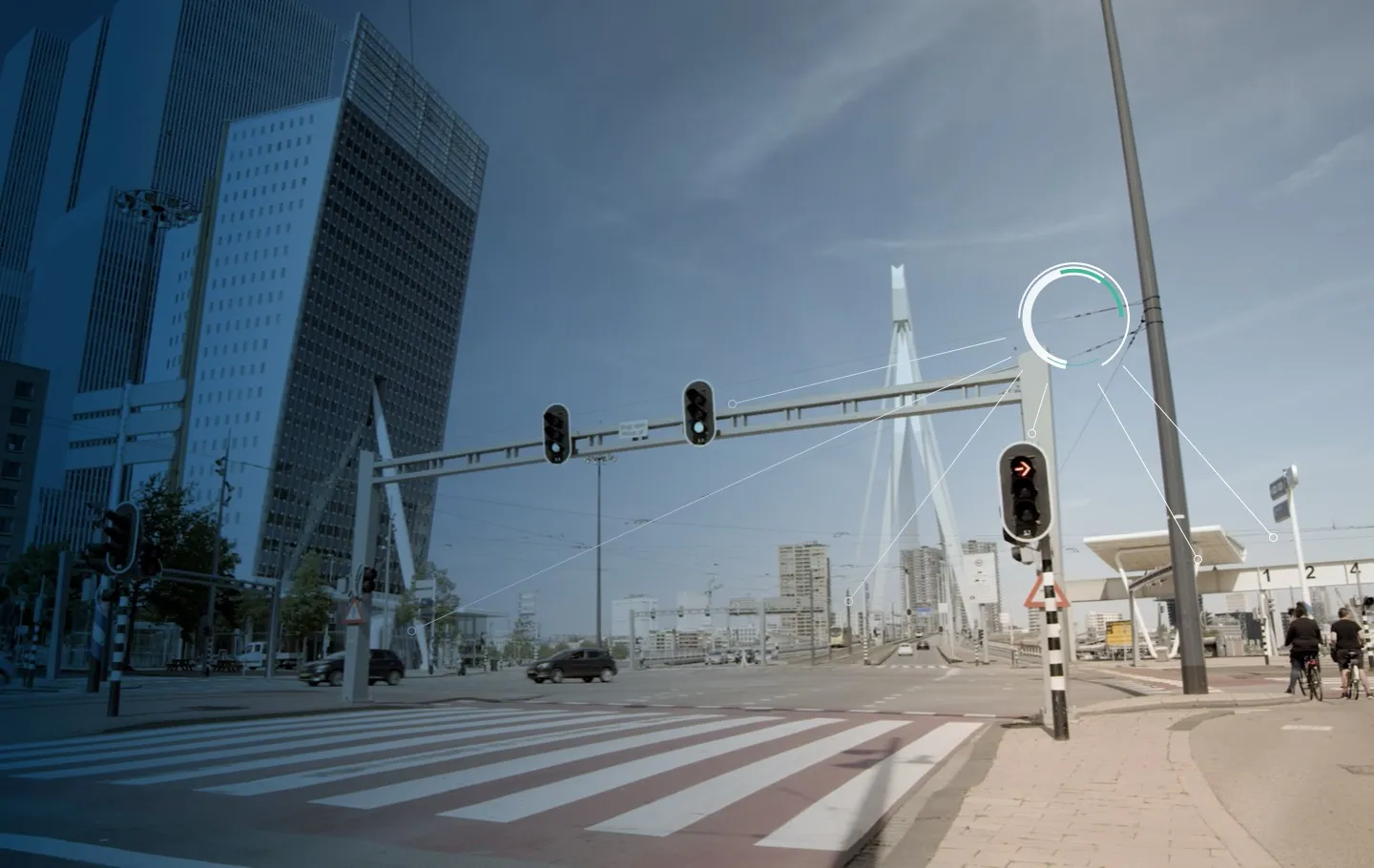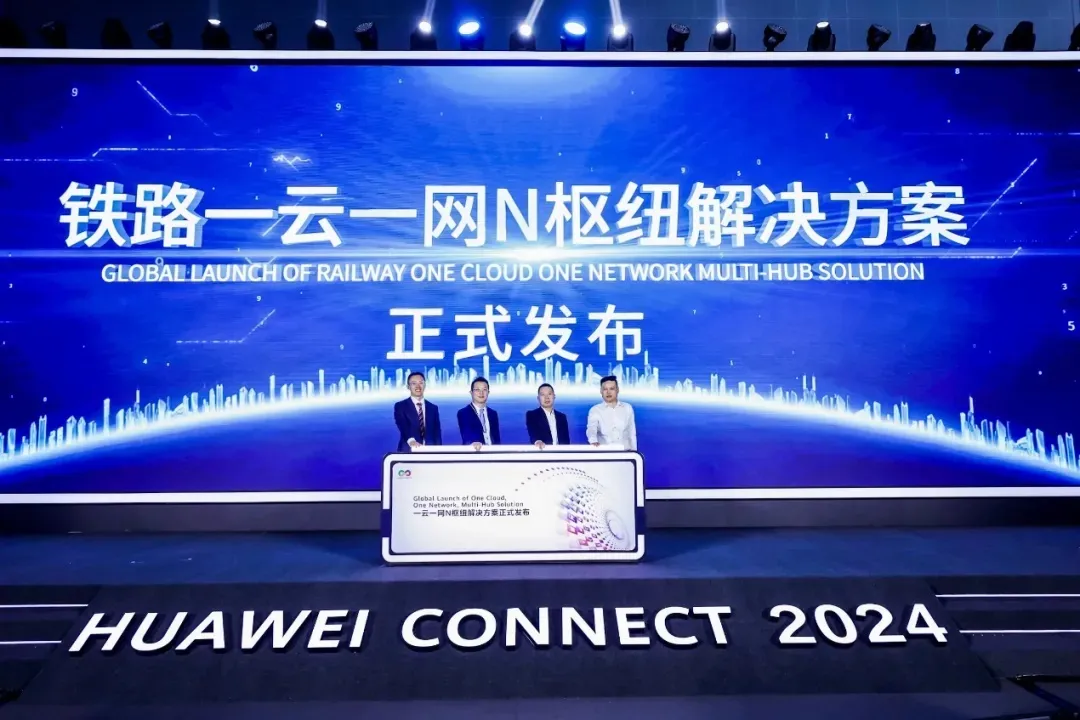Transport systems have always been subject to illicit acts against passengers, freight, infrastructure and vehicles.
The latest report from the European Commission funded Transport Research & Innovation Portal (TRIP) says that research into policy and the technology to safeguard infrastructure and users is critical to respond to emerging risks, such as cybercrime. The report gives fresh insight into transport security in Europe, highlighting priority areas for research and policy
The report also ide
April 3, 2017
Read time: 2 mins
Transport systems have always been subject to illicit acts against passengers, freight, infrastructure and vehicles.
The latest report from the European Commission funded Transport Research & Innovation Portal (TRIP) says that research into policy and the technology to safeguard infrastructure and users is critical to respond to emerging risks, such as cybercrime. The report gives fresh insight into transport security in Europe, highlighting priority areas for research and policy
The report also identifies important areas and research gaps to focus future efforts, including ensuring that developments in ICT are applied to transport security and that effective security concepts are transferred across multiple transport modes. It highlights the potential for the development of airport scanning technologies to counter threats and monitor security on board passenger trains.
It also provides policy makers and researchers with examples of where research in Europe is helping to improve security, reduce casualties and improve the resilience of passenger transport. It focuses on six critical areas of transport security research: threat detection and prevention; crisis management; cyber security, privacy and information and communications technology (ICT) systems; staff security training; cargo security; and passenger security.
The latest report from the European Commission funded Transport Research & Innovation Portal (TRIP) says that research into policy and the technology to safeguard infrastructure and users is critical to respond to emerging risks, such as cybercrime. The report gives fresh insight into transport security in Europe, highlighting priority areas for research and policy
The report also identifies important areas and research gaps to focus future efforts, including ensuring that developments in ICT are applied to transport security and that effective security concepts are transferred across multiple transport modes. It highlights the potential for the development of airport scanning technologies to counter threats and monitor security on board passenger trains.
It also provides policy makers and researchers with examples of where research in Europe is helping to improve security, reduce casualties and improve the resilience of passenger transport. It focuses on six critical areas of transport security research: threat detection and prevention; crisis management; cyber security, privacy and information and communications technology (ICT) systems; staff security training; cargo security; and passenger security.










